Two jars A and B are filled with hydrocarbons. Br2 in CCl4 is added to these jars. A does not decolourise the Br2 solution, but B decolourises. What are A and B -
Alkane and alkene
Alkene and alkane
Both
None
The correct Answer is:A
To solve the problem, we need to identify the hydrocarbons in jars A and B based on their reactions with bromine (Br2) in carbon tetrachloride (CCl4).
1. Understanding the Reaction:
- When bromine is added to hydrocarbons in CCl4, it can either react with the hydrocarbons or remain unchanged.
- Alkanes (saturated hydrocarbons) do not react with bromine under these conditions, while alkenes (unsaturated hydrocarbons) do react and cause the bromine solution to decolorize.
2. Analyzing Jar A:
- It is stated that jar A does not decolorize the Br2 solution.
- This indicates that the hydrocarbon in jar A is not reacting with bromine, which suggests that jar A contains an alkane.
3. Analyzing Jar B:
- In contrast, jar B does decolorize the Br2 solution.
- This indicates that the hydrocarbon in jar B is reacting with bromine, which suggests that jar B contains an alkene.
4. Conclusion:
- Based on the observations:
- Jar A contains an alkane (which does not react with Br2).
- Jar B contains an alkene (which reacts with Br2 and causes decolorization).
Final Answer:
- A = Alkane
- B = Alkene
- When bromine is added to hydrocarbons in CCl4, it can either react with the hydrocarbons or remain unchanged.
- Alkanes (saturated hydrocarbons) do not react with bromine under these conditions, while alkenes (unsaturated hydrocarbons) do react and cause the bromine solution to decolorize.
- It is stated that jar A does not decolorize the Br2 solution.
- This indicates that the hydrocarbon in jar A is not reacting with bromine, which suggests that jar A contains an alkane.
- In contrast, jar B does decolorize the Br2 solution.
- This indicates that the hydrocarbon in jar B is reacting with bromine, which suggests that jar B contains an alkene.
- Based on the observations:
- Jar A contains an alkane (which does not react with Br2).
- Jar B contains an alkene (which reacts with Br2 and causes decolorization).
- A = Alkane
- B = Alkene
Topper's Solved these Questions
- BOOK - MOTIONCHAPTER - HYDROCARBON EXERCISE - Exercise - 2 (Level-I)29videos
HYDROCARBON
- BOOK - MOTIONCHAPTER - HYDROCARBON EXERCISE - Exercise - 314videos
HYDROCARBON
- BOOK - MOTIONCHAPTER - HYDROCARBON EXERCISE - QUESTIONS6videos
HYDROCARBON
- BOOK - MOTIONCHAPTER - GRIGNARD REAGENTEXERCISE - EXERCISE-216videos
GRIGNARD REAGENT
- BOOK - MOTIONCHAPTER - IONIC EQUILIBRUIMEXERCISE - Exercise -4 (Level -II)14videos
IONIC EQUILIBRUIM
Similar Questions
Knowledge Check
- Question 1 - Select One
Which of the following decolourise(s)Br2 solution ?
A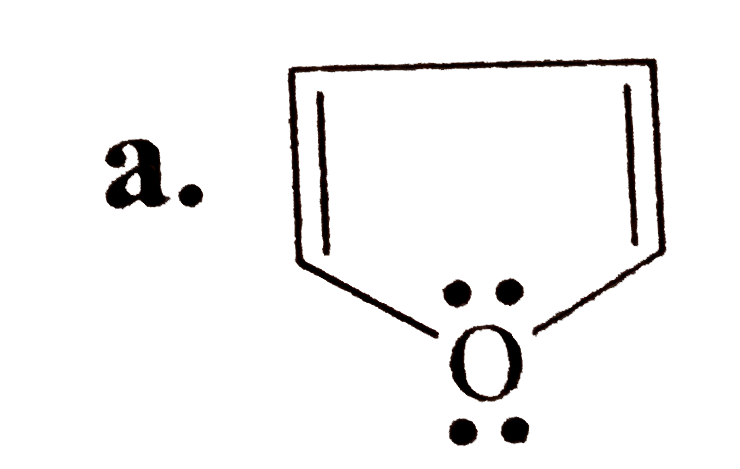 B
B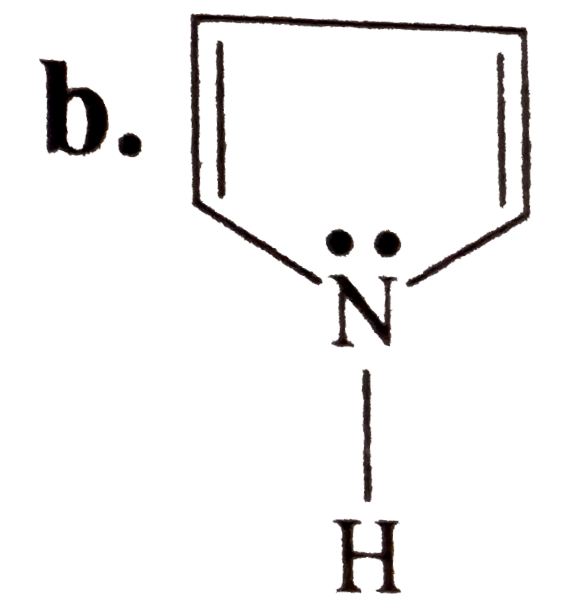 C
C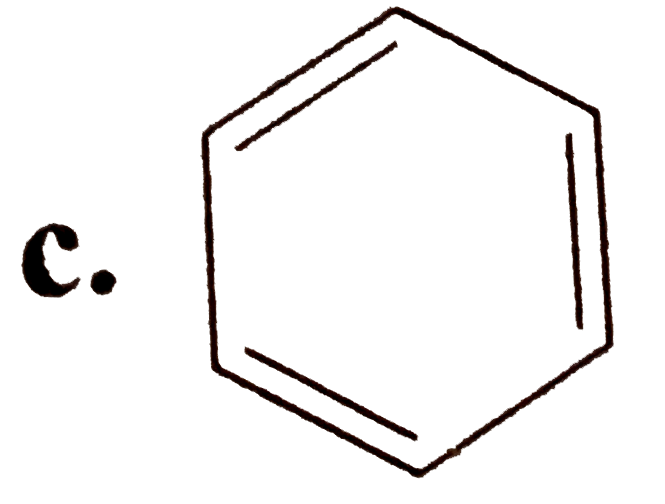 D
D
- Question 2 - Select One
Cyclohexane when treated with Br2 in CCl4 gives
ABromocyclohexaneBtrans-1,2-DibromocyclohexaneCcis-1,2-DibromocyclohexaneDnone of these - Question 3 - Select One
Which of the following does not decolourise reddish brown solution of Br2/Cl4 :
A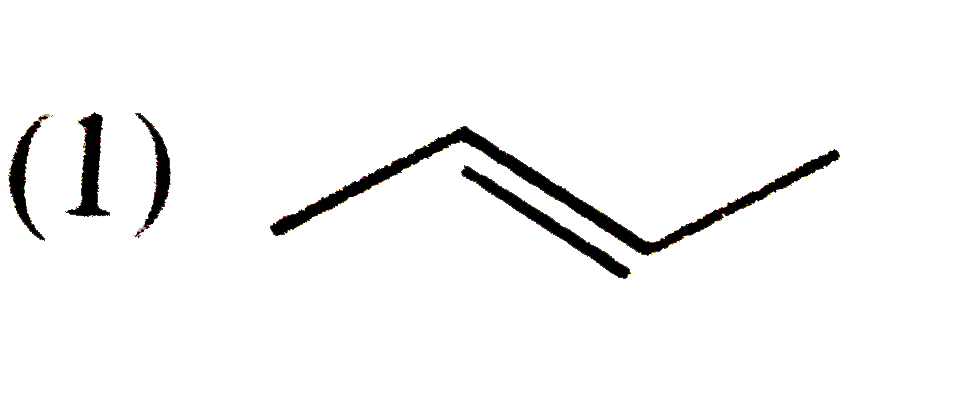 B
B C
C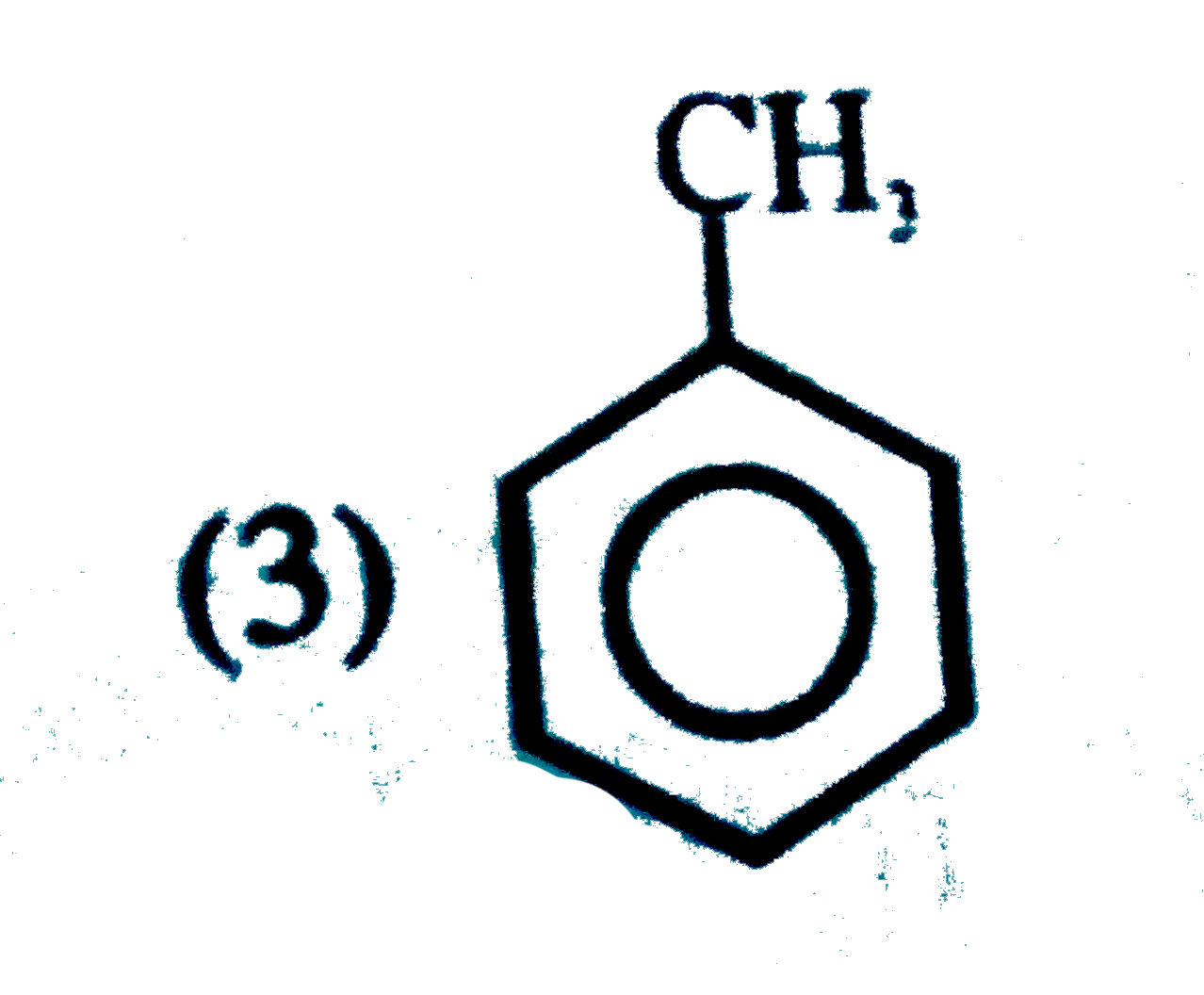 D
D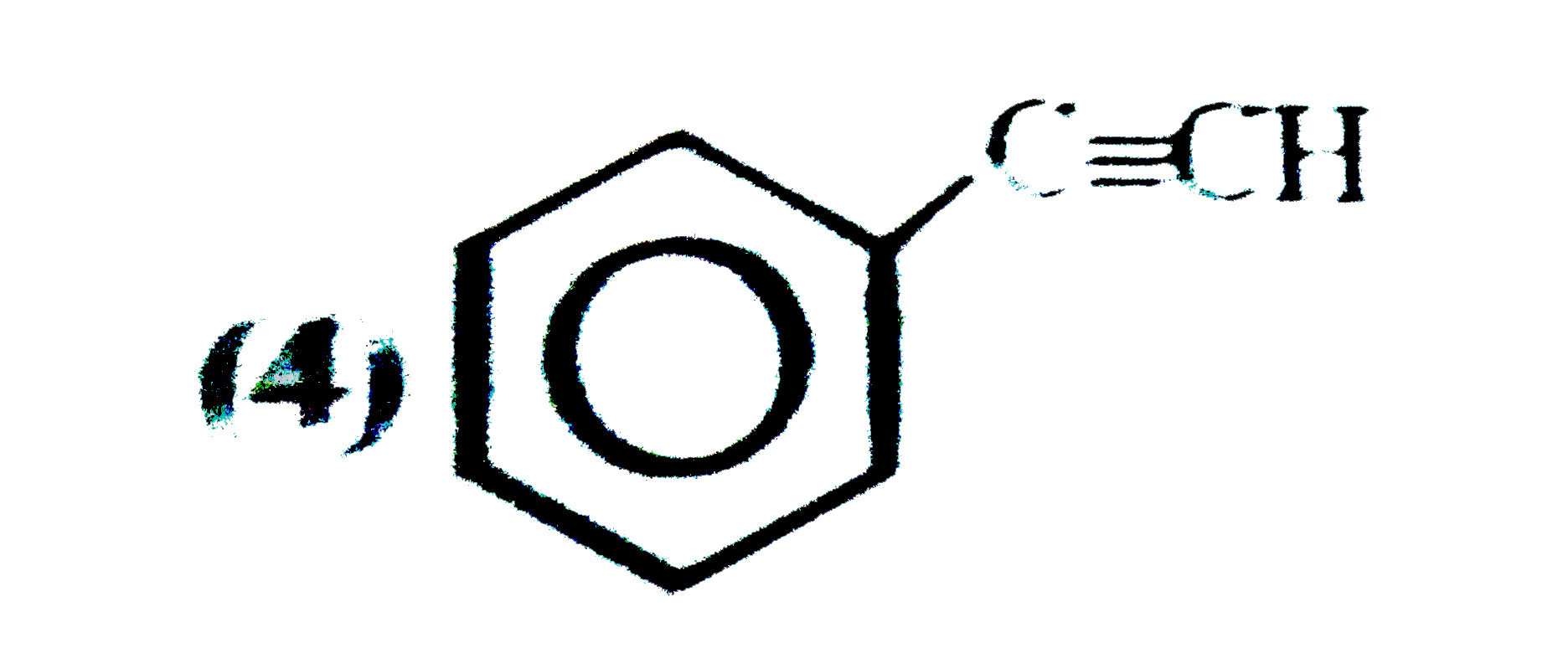
Phenol reacts with Br2 in CCl4 at low temperature to give
View SolutionPropene on reaction with Br2inCCl4 yields
View SolutionReaction of ethene with Br2 in CCl4 gives
View SolutionAcetylene with excess of Br2/CCl4 gives
View SolutionPhenol reacts with Br2 in CCl4 at low temperature to give
View Solution

